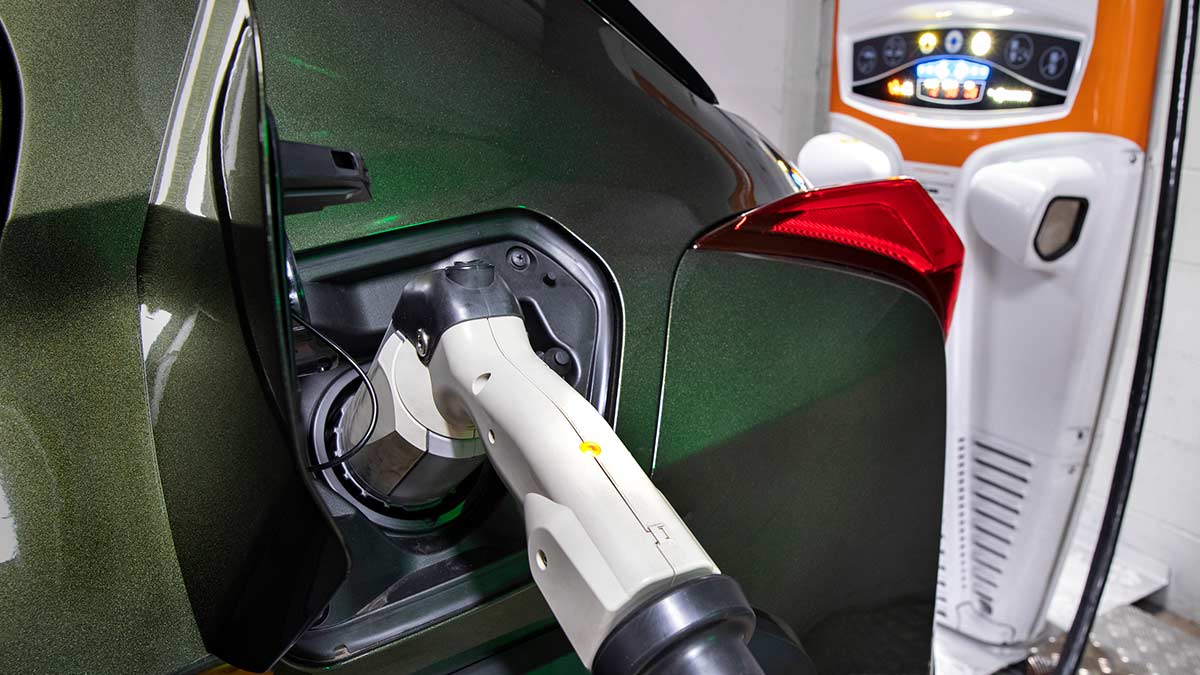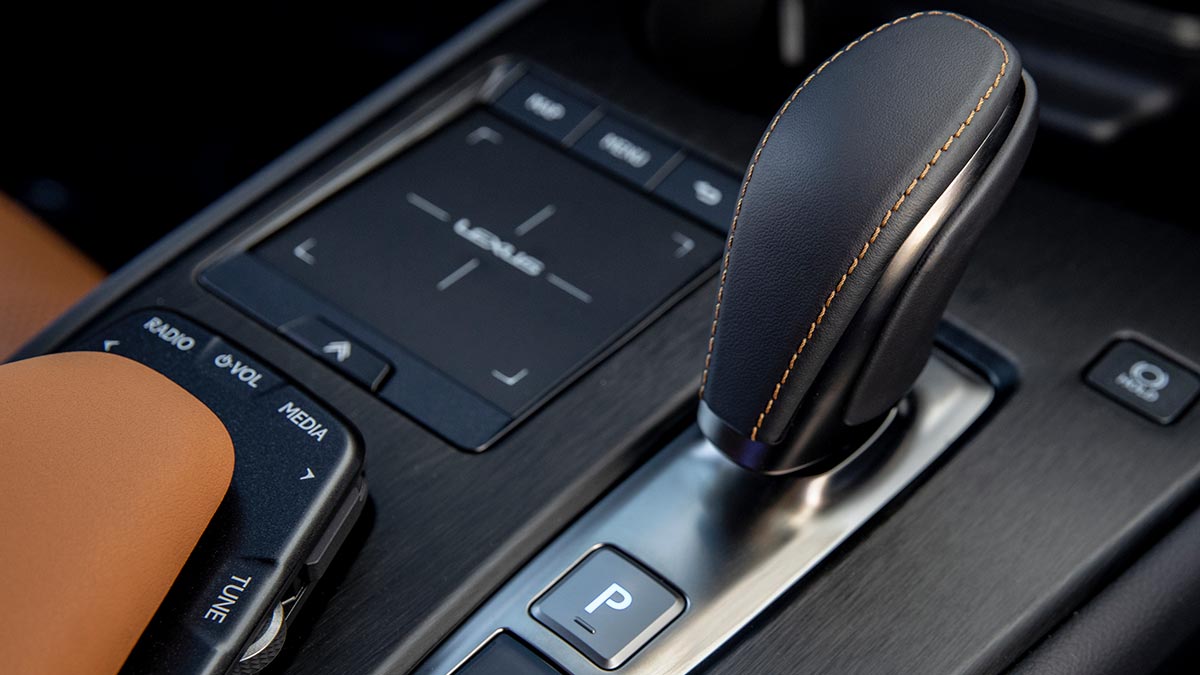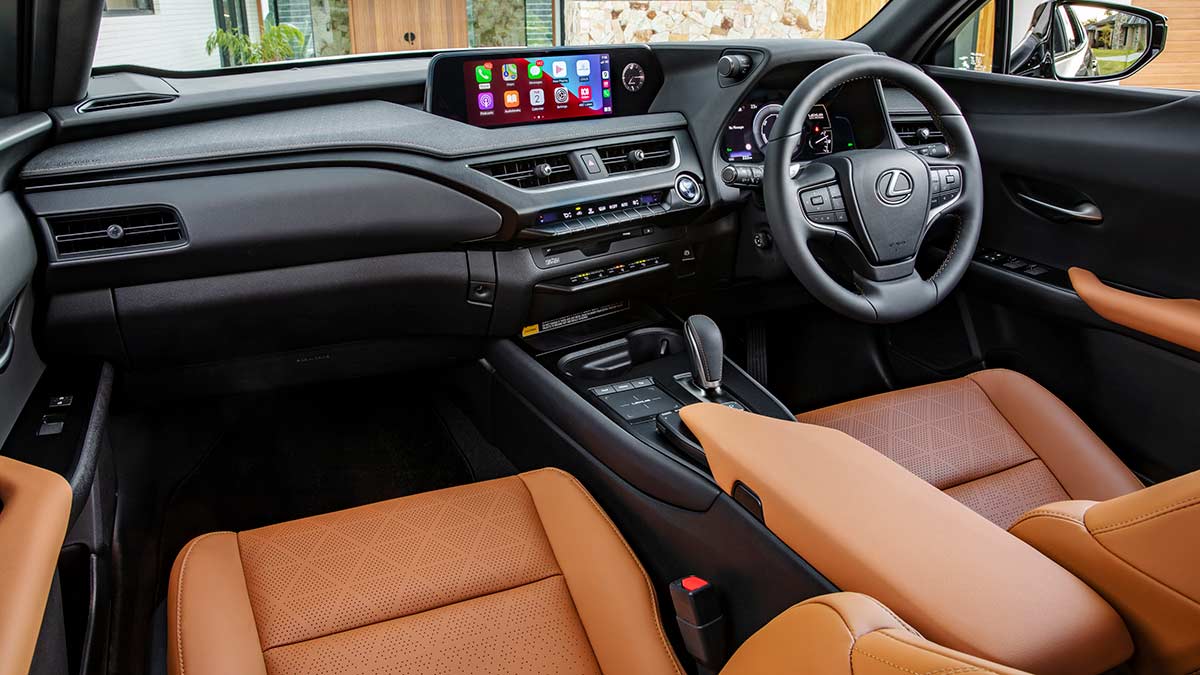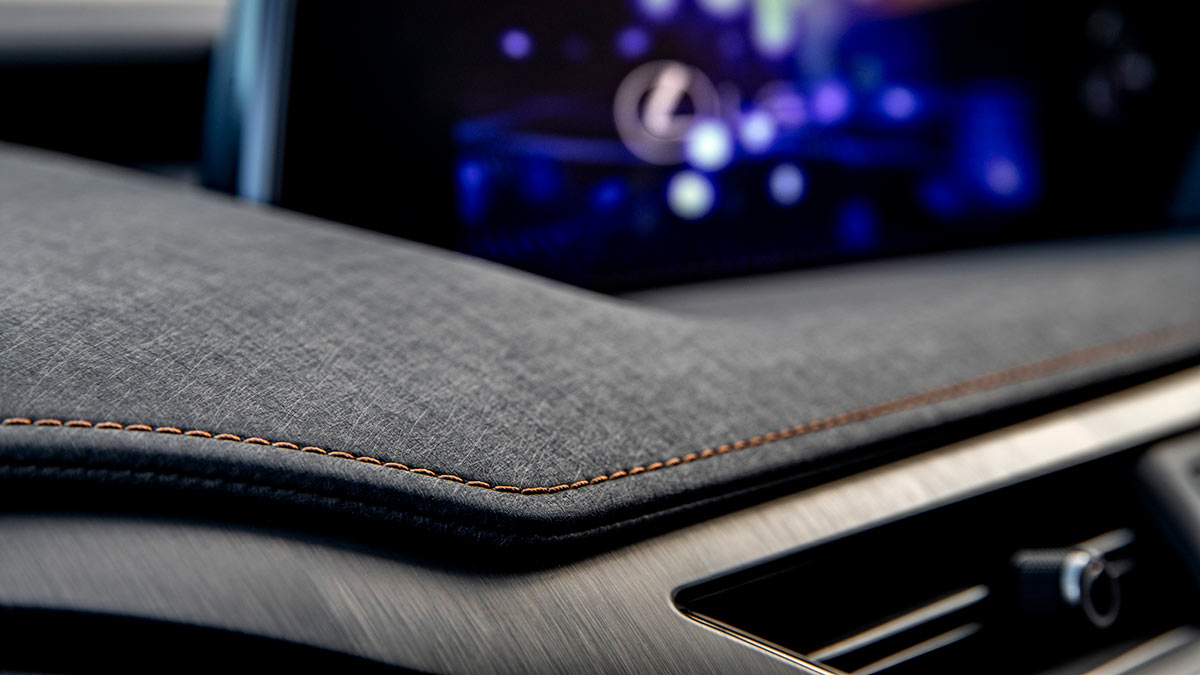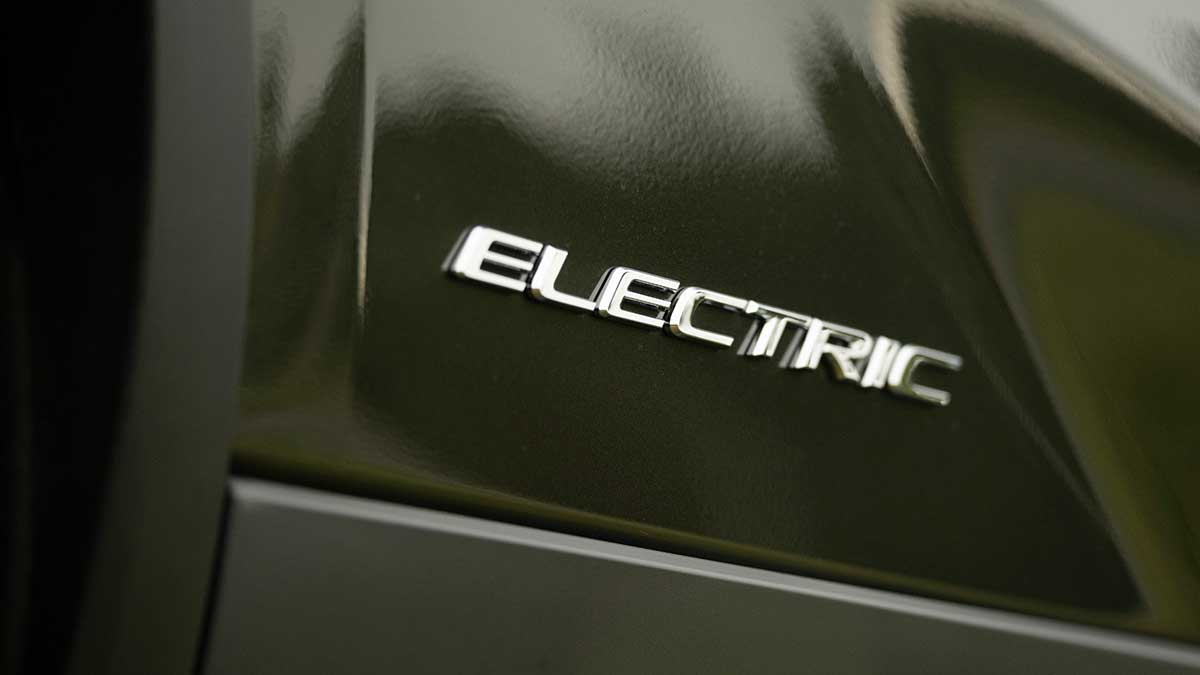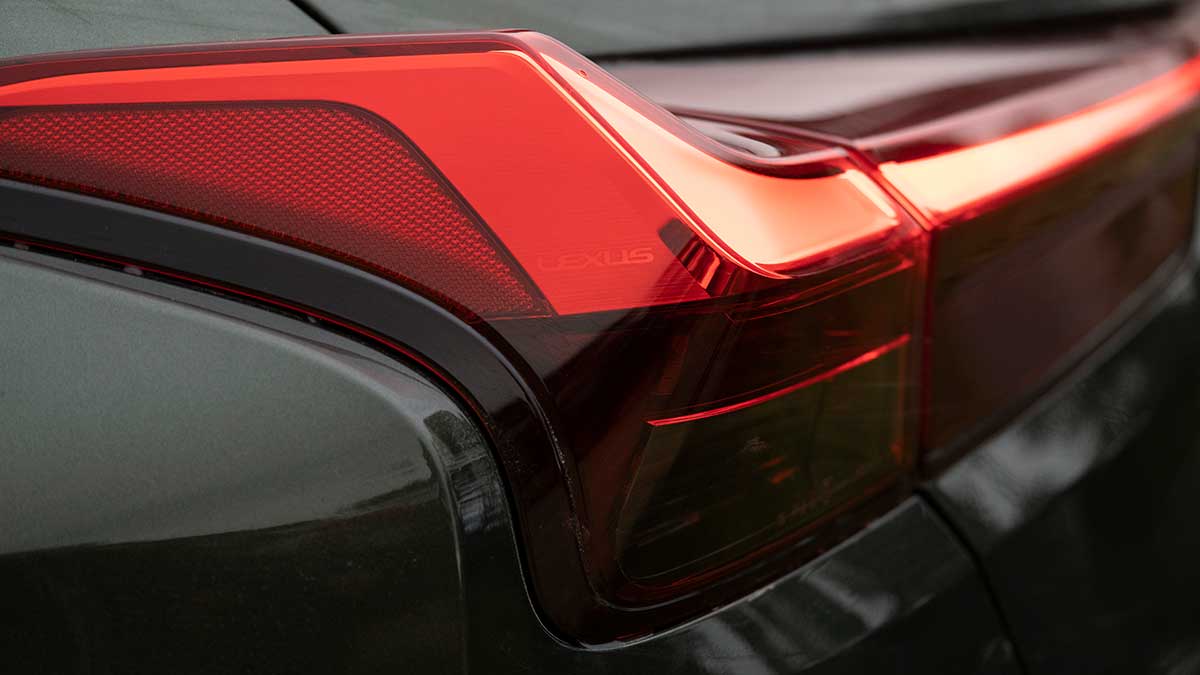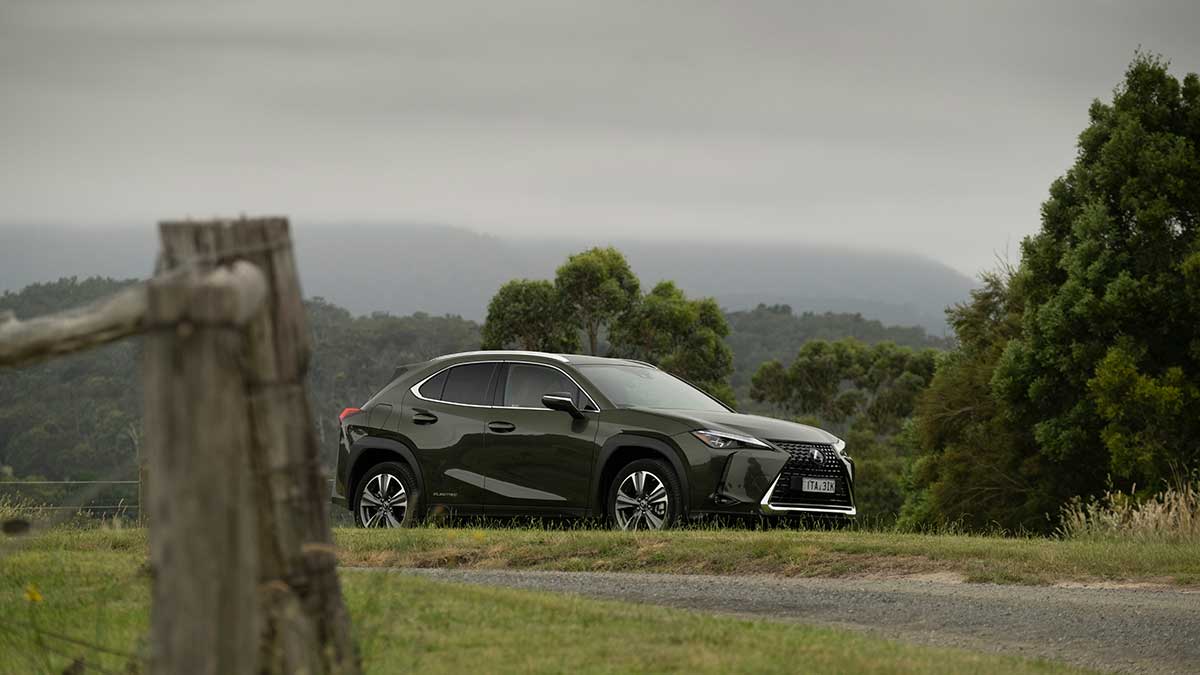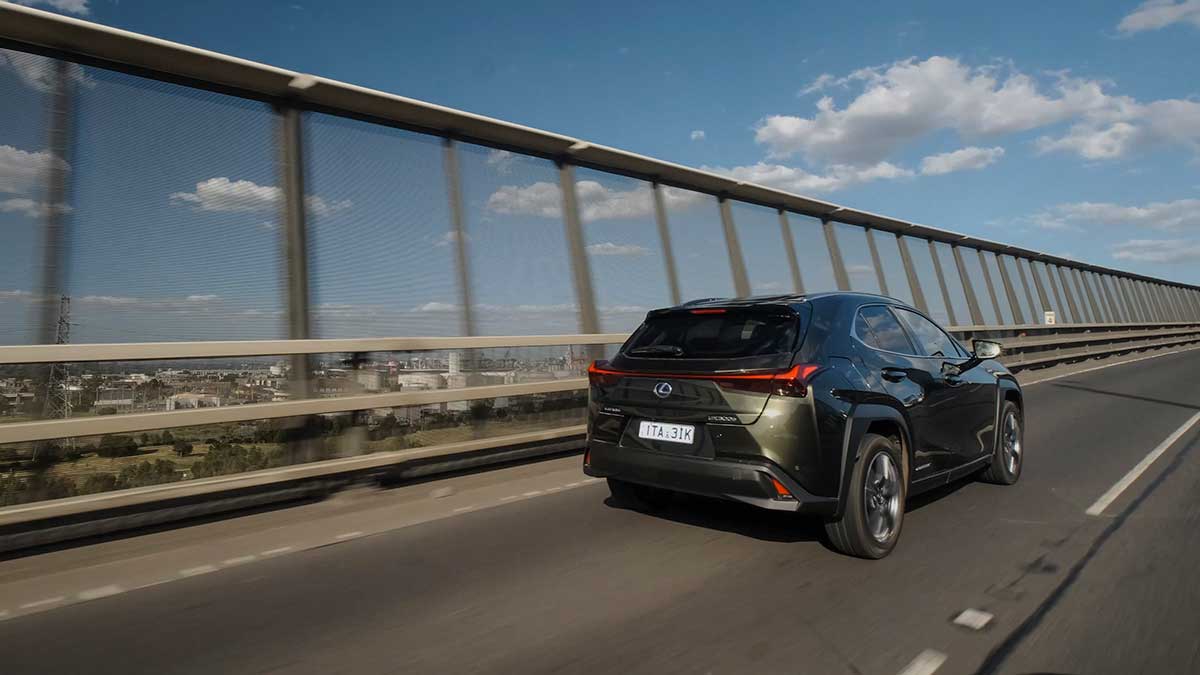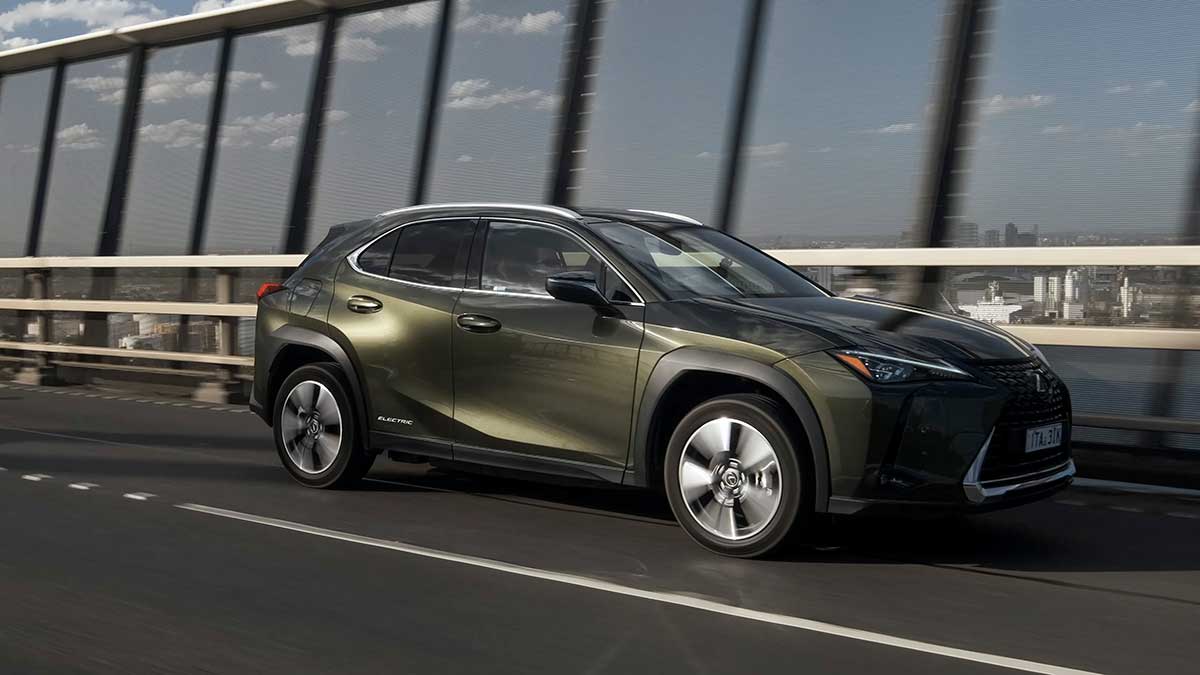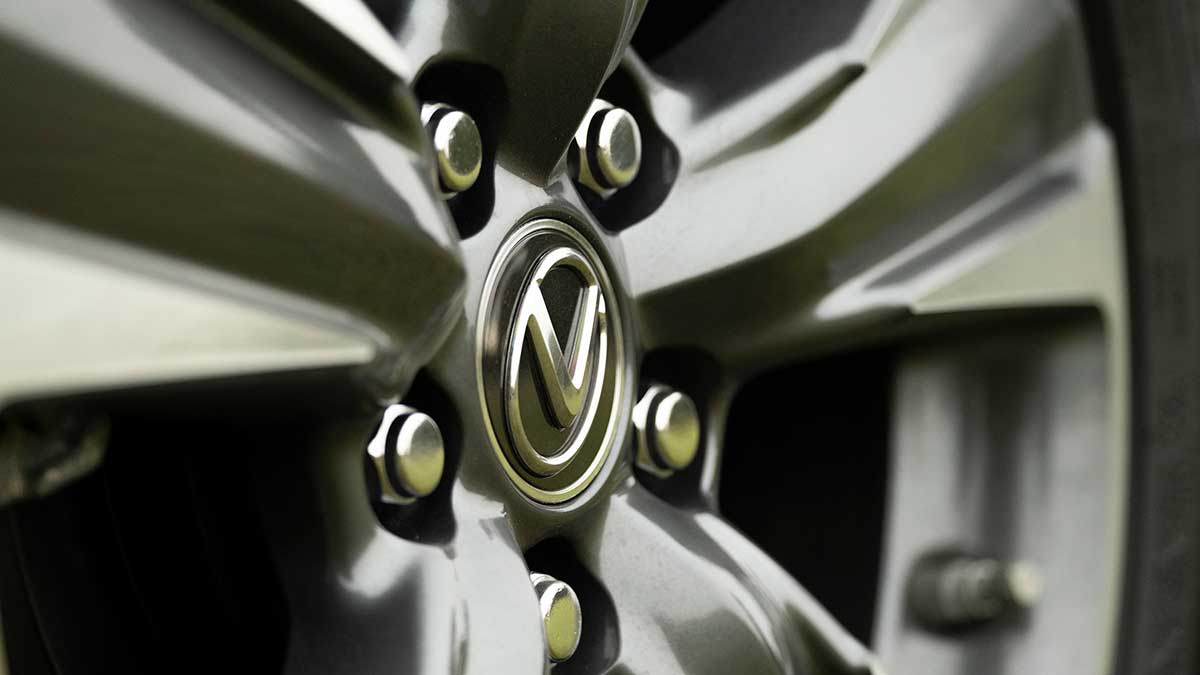The ninth-generation Toyota HiLux has arrived, bringing with it a futuristic forward exterior design, more safety and tech and the same rugged capability owners love. Will the updates tempt private buyers away from the Ford Ranger or are they just enough to keep fleets onside?
2021 Lexus UX300e road test review

Lexus is a leader in the delivery of luxury battery-powered vehicles, courtesy of its long-running hybrid program. Now the prestige offshoot of Toyota has delivered its first dedicated battery-electric vehicle.
Based on research with its existing hybrid customers, Lexus believes most buyers were drawn to the design rather than the technology.
As a result, the UX300e, while being the company’s first dedicated electric vehicle, is all-but indistinguishable from a petrol-powered or hybrid version.
Operating on the premise most city-dwellers don’t travel long distances has let Lexus cut the weight and price of its first dedicated battery electric vehicle.
Trainspotters will note the “Electric” badging on the flanks and the fact it has a flap on the left and right rear quarter panels (one for DC charging, the other for AC) but the overall style follows the family DNA.
The UX is, not surprisingly, a compact SUV. The segment is the third most popular in the country and represents a key market for Lexus, given the difference in prices between prestige and mainstream vehicles is not as marked when it comes to electric vehicles.
On this page
- How much does the Lexus UX300e cost?
- How safe is it?
- What's it like inside?
- What's under the bonnet?
- Is it efficient?
- How does it drive?
- Should I buy one?
How much does the Lexus UX300e cost?
The Lexus UX300e is sold in two flavours, neither of them vanilla. The Luxury variant is priced at $74,000 before on-road costs, with the Sports Luxury adding $9000 to the bill.
The entry model rolls out the showroom door boasting front and rear LED lights, power-folding side mirrors, a 10.3-inch infotainment display including satellite navigation and a 13-speaker Mark Levinson sound system to deliver the digital radio and Android Auto/Apple CarPlay connectivity, along with a wireless smartphone charging pad, kick-activated powered tailgate (and no, you don’t have to physically boot the vehicle) and keyless entry/start.
There are a pair of USB ports up front and another couple of USB-C chargers for those in the rear seats.
Step up to the Sports Luxury we’re reviewing and the alloy wheels grow by and inch to 18s, along with a moonroof, better LED headlamps, a “Washi” trim texture inspired by traditional Japanese hand-crafted washi paper and illuminated air vents that display a series of rings inside each bezel when the sun’s gone down.
Adding to the value proposition is the fact the UX300e comes with five years of capped-price servicing for every 12 months/15,000km (matching the newly expanded warranty).
Owners can also expect free collection of their car and a courtesy car while theirs is being serviced.
Toss in a complimentary 7kW home charger and, while not an absolute bargain, there’s considerable bang for the buck.
Prestige competition includes the Mercedes-Benz EQA starting at $76,800 and the singe-motor variant of the Volvo XC40 Recharge Pure Electric at $72,990.
How safe is the Lexus UX300e?
The UX scored a high five-star rating when it was tested by ANCAP in 2019. Adult occupant protection was rated at 96 per cent, with child occupant protection at 88 per cent.
Vulnerable road users were also looked after with an 82 per cent score and the compact SUV scored 83 per cent for safety assist technology.
The Lexus UX is fitted with eight airbags and loaded to the windowsills with a comprehensive package of active safety features.
A radar sensor and camera provide the inputs for the collision avoidance and adaptive cruise control systems
The cruise also employs road sign assist, which reads speed limit signs and projects that data onto the driver’s display in the Luxury version and the head-up display in the Sport Luxury. The system can also alert the driver if the speed limit has been exceeded and there are three thresholds to choose from.
Lane departure and lane keeping functions are also in the mix, along with automatic high-beam assist, which in the case of the Sports Luxury selectively dims the headlamps to avoid dazzling oncoming traffic while maintaining high beam for other sections of the road.
What's it like inside the Lexus UX300e?
The biggest issue for occupants up front is whether they want their posteriors heated or cooled.
Otherwise, they’re spoiled for choice in terms of the cabin layout and quality of the materials employed in the dash and upholstery.
The glaring exception is the Lexus infotainment system. There is no lack of features but Lexus’s insistence on sticking with a touchpad is frustrating, given the criticism journalists have bestowed upon the fiddly-to-operate interface.
The fact the infotainment screen doesn’t have touch control adds insult to injury. The only upside is you will get used to it … eventually.
Rear seat space is limited in terms of head and leg room, though the outboard seats are well sculpted and heated.
Boot space is 414 litres, which is good for the class. There is no spare tyre though, just a repair kit nestled under the boot floor along with the charging cables.
What’s under the Lexus UX300e bonnet?
Forget the bonnet. The 54.35kWh battery pack is mounted under the floor and powers a 150kW/300Nm motor powering the front wheels.
Lexus quotes a driving range of up to 360km. It’s not going to happen. That figure is based on the New European Driving Cycle. The stricter WLTP protocol sees 50km come off the quoted range.
Real-world driving _ and the desire not to completely drain the battery _ will see most owners get around 250km of travel before they start looking for a recharge point.
That’s more than enough get urbanites through a Monday-Friday commute and aligns with the intent of the UX 300e being a city runabout rather than a long-distance tourer.
Owners then have to decide whether they want to play with a longer touring rang given the Lexus UX 300e takes up to 90 minutes to pull a decent recharge. The good news is the first three years or charging are free.
The other option for owners is to borrow another Lexus for the occasional interstate trip. Ownership of the UX300e includes an "Encore Platinum" benefits membership for three years.
The package includes the "Lexus on Demand" service, which lets members borrow another Lexus up to four times over the subscription period, for up to eight days at a time.
Is the Lexus UX 300e efficient?
This is an electric vehicle, so arguing about efficiency comes down to battery consumption … and that is based on driving style, regenerative ability and how low/high you set the airconditioning/ heating system.
With a typical range of 250km, the car will probably only need recharging once or twice a week.
How does the Lexus UX300e drive?
The underfloor battery pack lowers the UX300e’s centre of gravity by 64mm compared to the UX250h.
The gives the battery-powered SUV a much better stance through corners. It is no sedan, but it does have more poise than many comparable vehicles in the segment.
The upside of that shorter range is the Lexus weighs in around 200kg lighter than the Volvo XC40 Pure and Mercedes-Benz EQA, which helps contribute to its composed ride around town.
A 0-100km/h time of 7.5 seconds isn’t challenging any sports cars but does make it comfortably the fastest UX in the pack.
The overall poise of this compact SUV earns it the right to be considered among the better-driving SUVs in the line-up. It is not going to better the more focused BEVs but at the price point it is doing a whole lot right.
Should I buy one?
Those who appreciate the finer things in life will appreciate the build quality and the opulence of the Lexus UX300e.
What it trades off in range it atones for with an interior look and feel that some $100,000 vehicles fail to achieve.
For a city-based couple with access to a garage or dedicated off-street parking it makes perfect sense.
The information provided is general advice only. Before making any decisions please consider your own circumstances and the Product Disclosure Statement and Target Market Determinations. For copies, visit racv.com.au. As distributor, RACV Insurance Services Pty Ltd AFS Licence No. 230039 receives commission for each policy sold or renewed. Product(s) issued by Insurance Manufacturers of Australia ABN 93 004 208 084 AFS Licence No. 227678.
